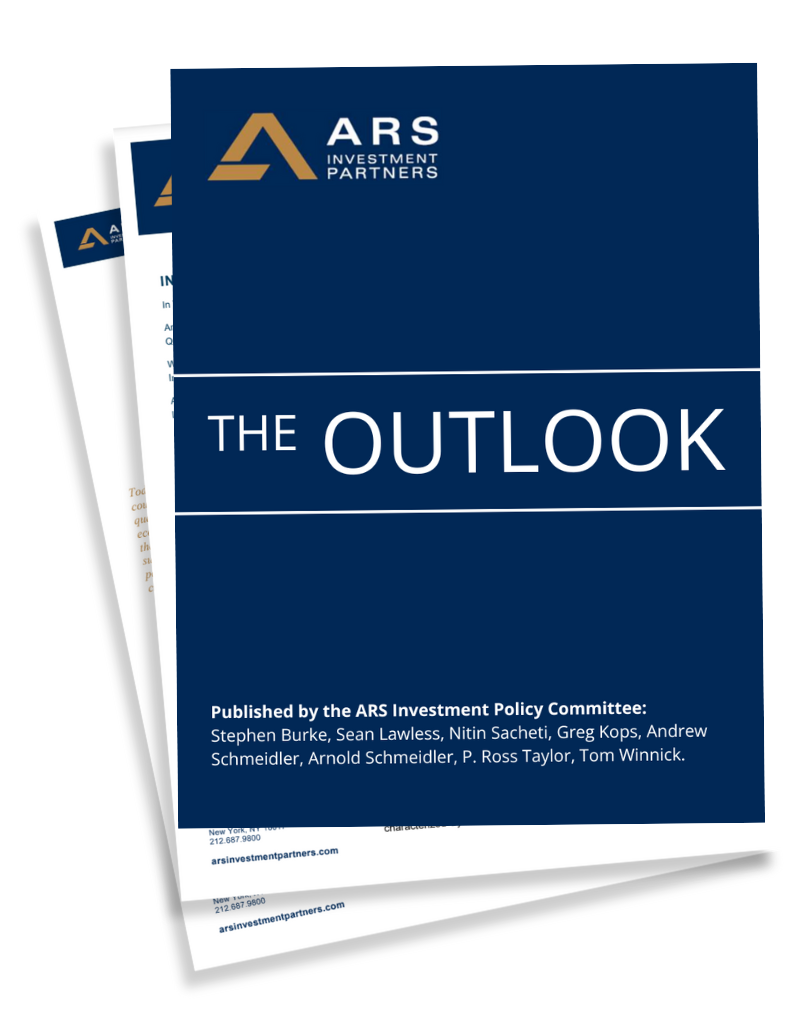Navigating Some Subtle and Some Not-So-Subtle Shifts
As the pandemic continues to evolve, it ushers in a new era of equity investment opportunities that are both varied and robust. Despite the pessimistic headlines, the landscape for common stock investing offers increasingly positive prospects that go beyond what is immediately apparent.

Despite a backdrop of widespread economic uncertainty, the outlook for corporate profits, interest rates, and inflation rates remains fundamentally positive, supporting a bullish perspective for equity investments. This positive outlook is anchored in the transformational changes outlined in our previous communications, which continue to redefine the future economic landscape. As we transition from government to corporate and consumer-driven economic growth, the investment opportunities are not only broadening but also becoming increasingly accessible to those who navigate these shifts with insight.
Our outlook for 2022 is optimistic, driven by the potential in emerging sectors and undervalued companies that were overshadowed during the pandemic. The investment terrain is changing, and success will hinge on the ability to adapt to these evolving market dynamics and capitalize on the accelerating shifts in market leadership.
As the market evolves, investment opportunities are diversifying beyond the pandemic-driven sectors, offering promising prospects in areas like cloud/data management, semiconductor and capital equipment, and renewable energy.
The post-pandemic economy in the United States is expected to be fueled increasingly by corporate and consumer spending, transitioning from the previously dominant government expenditure.
Despite current volatility and elevated inflationary levels, the fundamental drivers of security valuation—corporate profits, interest rates, and inflation—are supportive of strong equity returns.
Success in the current market will require not only identifying companies with strong potential for revenue and earnings growth but also those that have been undervalued by the market due to extreme concentrations of investments in a few sectors.
In navigating these transformative times, ARS Investment Partners, LLC remains committed to identifying and leveraging the secular trends that will shape global growth. Our focus continues on companies with robust management teams, consistent earnings growth, and strong dividend policies. As we move forward, our strategy will adapt to maintain alignment with the evolving economic environment, ensuring that we remain positioned to capitalize on the opportunities that these changes invariably bring.
The information provided in this report is for informational purposes only and is not intended as investment advice, or an offer or solicitation for the purchase or sale of any financial instrument. This report is provided on the condition that it does not form a primary basis for any investment decisions. The opinions and analyses included in this report are based on current market conditions and are subject to change. ARS Investment Partners, LLC will not be responsible for any investment decisions based on this report. Please consult with a qualified financial advisor before making any investment decisions.
Sign up to receive The Outlook — our timely newsletter featuring our investment and economic thinking — and highlights from our latest market insights will be emailed directly to your inbox.
